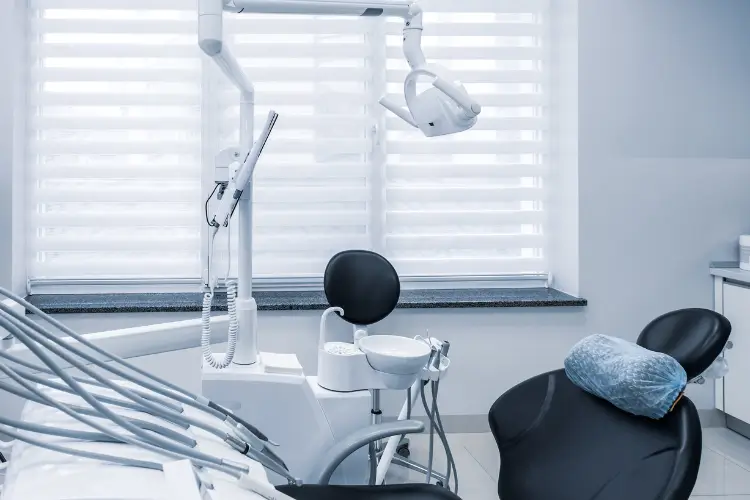Many people losing their hair struggle with their confidence, self-esteem, and social comfort. Knowing how to offer real support calls for both sensitivity and pragmatic expertise. A few sensible strategies for helping someone negotiate the emotional and physical components of hair loss are described in this article. Using these techniques can help you to establish a supportive environment that honors their experience and their autonomy in handling this change.
Educate Yourself About Their Specific Condition
Supporting someone successfully starts with knowing the intricacies of their hair loss condition. Without overwhelming them with inquiries, take time to investigate their diagnosis, usual progression trends, and therapy alternatives. While chemotherapy-related shedding follows a more predictable schedule, different disorders present different issues; alopecia areata may produce erratic patchy loss. Knowing these differences helps you offer pertinent help. Recognizing that experiences differ greatly, learn about typical emotional reactions to their particular type of hair loss. Learn the medical jargon they might run across during therapy. When they choose to talk about their condition, this information helps them to participate in meaningful discussions. Many respectable companies publish condition-specific material meant for family and friends. Suggesting an alopecia helpline would assist them in accessing tailored emotional support and useful information from qualified experts aware of their particular difficulties.
Follow Their Lead on Communication
The basis of good support is respect for communication choices. While some people may feel awkward with regular references, others would want to be upfront about their hair loss. When referring to their condition, pay close attention to the language they employ; then, reflect on their vocabulary. In group environments, avoid starting discussions about their hair loss unless they have specifically expressed comfort with public speaking. Provide private spaces free from pressure or expectations so they may communicate their emotions. When they do decide to communicate, actively listen without instantly providing parallels to others’ experiences or answers. Honor their choices for public disclosure, so enabling their control over who knows about their illness and when. Recall that tastes in communication could evolve during their trip.
Offer Practical Assistance Without Overstepping
Oftentimes, concrete assistance proves more beneficial than words of sympathy. Rather than making hazy suggestions, find particular, useful methods to help depending on their shifting needs. For someone just diagnosed, this could include looking up experts or accompanying them to first consultations if they want companionship. Providing transportation to visits helps control logistical issues during active treatment times. Should they decide to investigate look choices, you might offer to assist with head covering research or accompany them with wig buying, free from any recommendations. Practical help covers daily concerns, including choosing appropriate scalp protection against sun exposure. Think about giving useful things like scalp care needs, mild hair care products designed especially for their condition, or quality head coverings. Remember that too much support can often feel invasive, so always make sure your help is still accepted.
Create a Supportive Environment
Environmental changes can greatly affect someone’s comfort level during hair loss. If suitable, provide useful solutions like drain coverings or cleaning help to minimize sometimes embarrassing circumstances like too much hair in shower drains. Consider the temperature settings in your house; many persons who suffer from hair loss feel colder without their customary hair coverage. Think consider whether some social occasions might cause unwarranted anxiety during transition times and talk about possible changes without assuming their preferences. Look for any irritants in your home goods that could compromise delicate scalps. If necessary, during challenging transition times, remove or cover mirrors temporarily. Be aware of media intake, including hair-centric information that could cause anxiety.
Normalize Their Experience Without Minimizing It
It takes great care to strike the mix between acceptance and normalcy. Steer clear of comments that inadvertently downplay their experience, like “It’s just hair” or “At least it’s not something worse.” Many times, these well-meaning remarks discount real emotional reactions. Likewise, steer clear of too-optimistic comments on appearance that might sound hypocritical. Rather, let them normalize their emotional responses by pointing out that emotional well-being and self-image are often affected by hair loss. Share knowledge about accessible assistance tools free from pressure to make use of them. When suitable, draw attention to public personalities with such circumstances who might be useful references. If they show interest, put them in touch via in-person or internet groups with people who have gone through similar hair loss. Giving them ongoing support shows your dedication to supporting them through this journey at their speed, regardless of their emotional condition right now.
Conclusion
Helping someone through hair loss calls for emotional sensitivity and practical support in balance. You offer complete support by learning about their condition, respecting their communication preferences, providing focused, useful assistance, establishing a helpful environment, and normalizing without reducing their experience. Remember that their demands and tastes could change during their hair loss path; hence, your approach must be flexible.




